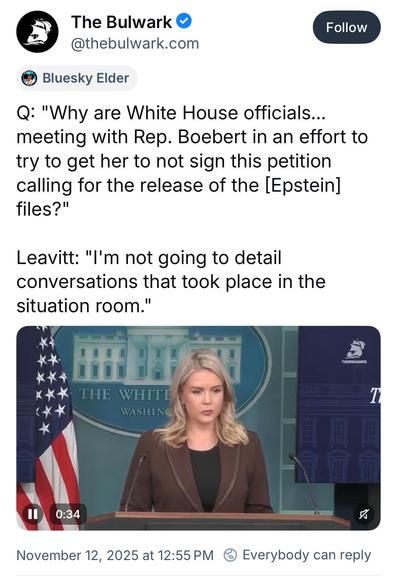Physicist and professor at a school on the north side of Chicago. Black holes, quantum gravity, cosmology. Rocky Top, Tar Heel. Science, dogs, lake photos. Faves are spooky action at a distance, boosts are Lorentz transformations to another inertial frame. Opinions are mine, not my employer’s. #Physics #BlackHoles #Gravity #SciComm #Dogs
Level 14 Prof of Physics, Neutral Good, S:11 I:16 W:15 D:11 C:12 Ch:11, HP: 68, THAC0: 11, Equipment: Vorpal Chalk, Periapt of Tenure, Tweed Jacket (Cursed)



